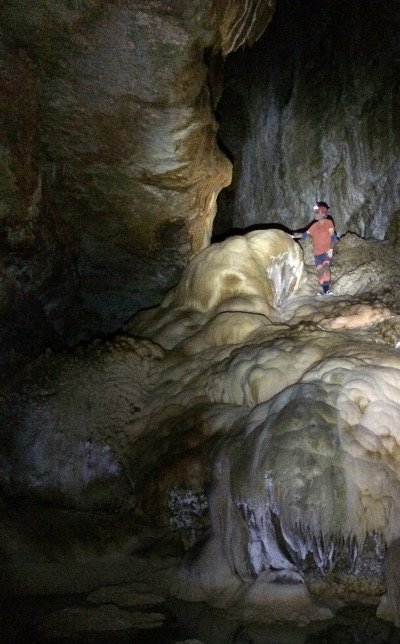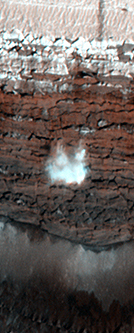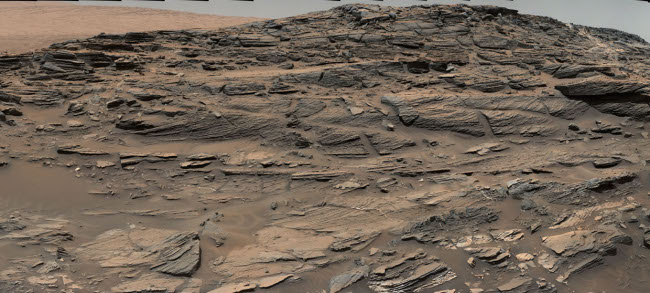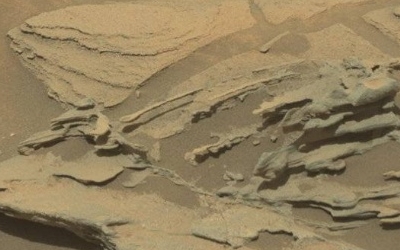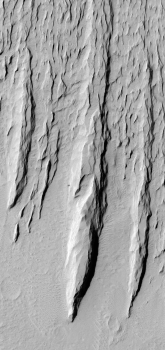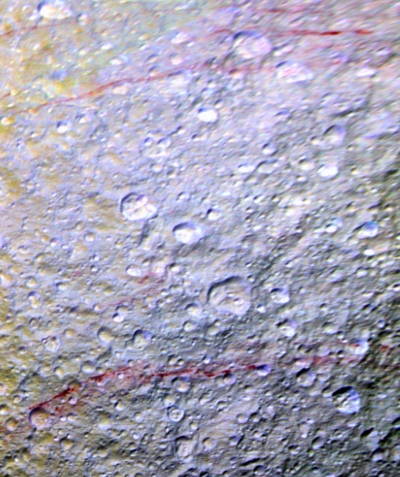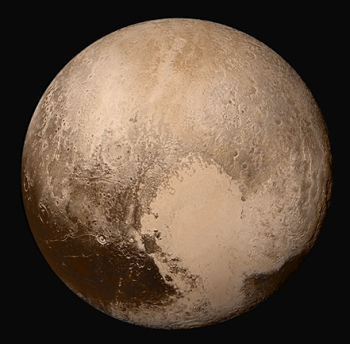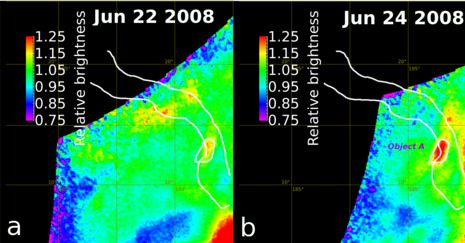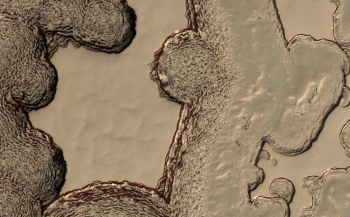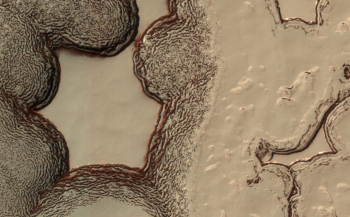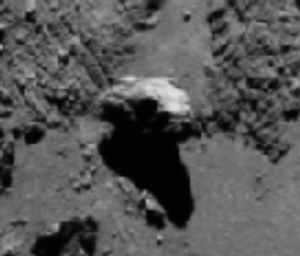The uncertainty of science: A new study, using data from more than 11,000 drinking water wells in northern Pennsylvania, has found no evidence that fracking causes contamination.
The new study of 11,309 drinking water wells in northeastern Pennsylvania concludes that background levels of methane in the water are unrelated to the location of hundreds of oil and gas wells that tap hydraulically fractured, or fracked, rock formations. The finding suggests that fracking operations are not significantly contributing to the leakage of methane from deep rock formations, where oil and gas are extracted, up to the shallower aquifers where well water is drawn.
The result also calls into question prominent studies in 2011 and 2013 that did find a correlation in a nearby part of Pennsylvania. There, wells closer to fracking sites had higher levels of methane. Those studies, however, were based on just 60 and 141 domestic well samples, respectively.
The article outlines in detail the many disagreements and uncertainties of both the old studies and this new one. It also however contains this one key quote about the earlier studies, buried in the text, that illustrates the politics influencing the reporting of the anti-fracking research:
The two papers seemed to show that fracking was leading to increased concentrations of methane in drinking water. Dissolved methane is not toxic, and drinking water often contains significant background levels of the gas from natural sources. [emphasis mine]
The earlier studies were blasted everywhere by the media. They were used to show the harm fracking does, and were the justification for the banning of fracking in New York. Yet, the methane they found was not necessarily caused by fracking, and isn’t even a health concern anyway.
I wonder if the press will give this new report as much coverage. It might not be right, but it sure does indicate that the science is unsettled, and that the risks from fracking are, as usual in these days of doom-saying environmentalism, overblown.

